I would like to estimate IRT model using PyMC3. I generated data with the following distribution:
alpha_fix = 4
beta_fix = 100
theta= np.random.normal(100,15,1000)
prob = np.exp(alpha_fix*(theta-beta_fix))/(1+np.exp(alpha_fix*(theta-beta_fix)))
prob_tt = tt._shared(prob)
Then I created a model using PyMC3 to infer the parameter:
irt = pm.Model()
with irt:
# Priors
alpha = pm.Normal('alpha',mu = 4 , tau = 1)
beta = pm.Normal('beta',mu = 100 , tau = 15)
thau = pm.Normal('thau' ,mu = 100 , tau = 15)
# Modelling
p = pm.Deterministic('p',tt.exp(alpha*(thau-beta))/(1+tt.exp(alpha*(thau-beta))))
out = pm.Normal('o',p,observed = prob_tt)
Then I infer through the model:
with irt:
mean_field = pm.fit(10000,method='advi', callbacks=[pm.callbacks.CheckParametersConvergence(diff='absolute')])
Finally, Sample from the model to get compute posterior:
pm.plot_posterior(mean_field.sample(1000), color='LightSeaGreen');
But the results of the "alpha" (mean of 2.2) is relatively far from the expected one (4) even though the prior on alpha was well-calibrated.
Would you have an idea of the origin of this gap and how to fix it?
Thanks a lot,
